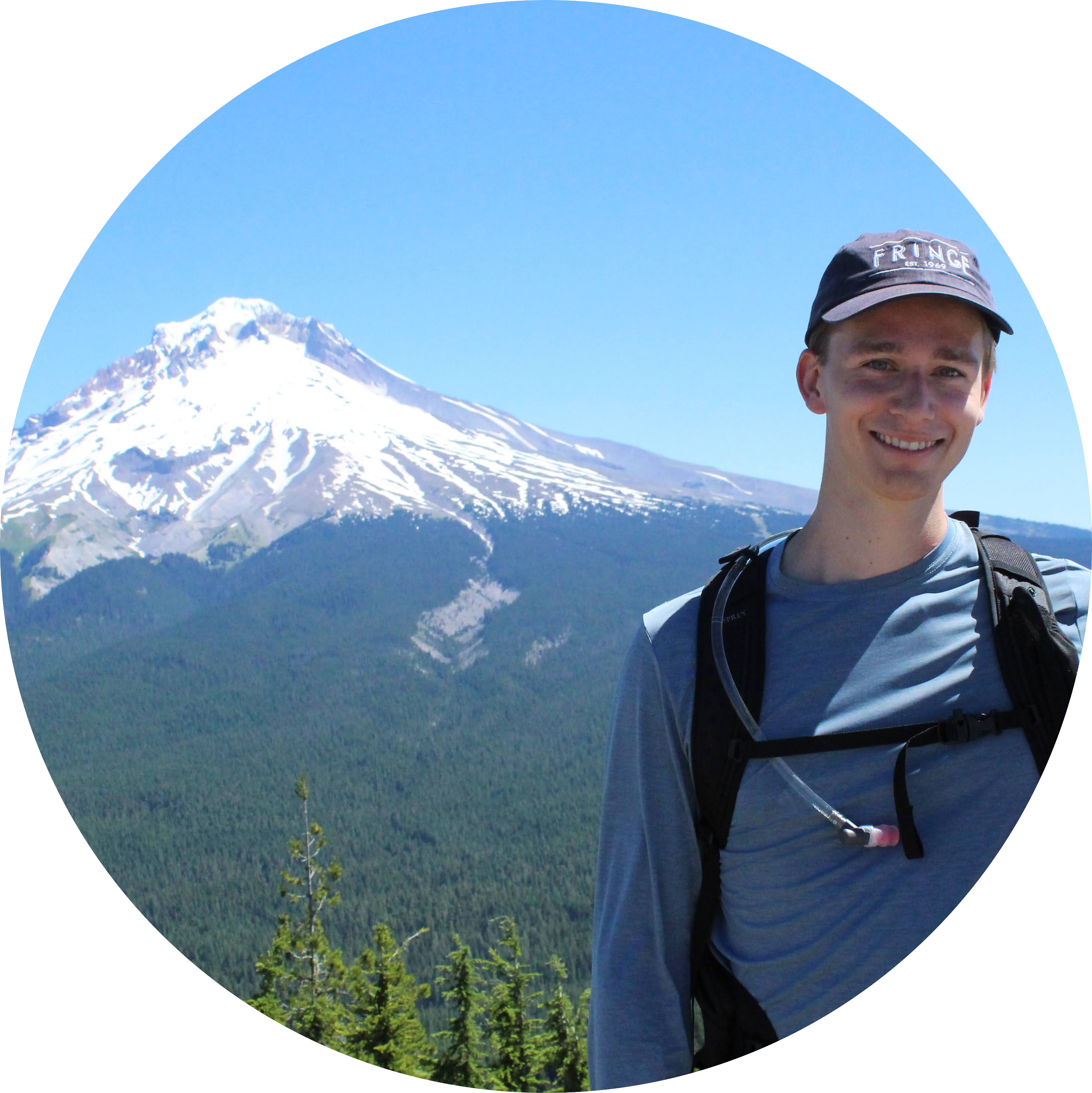
Quantum computing Ph.D. student
University of Chicago jchadwick@uchicago.edu
CV Github Google Scholar arXiv LinkedIn ORCiD
Figure 4. Applying Incremental Pulse Re-seeding (IPR) to find the shortest duration for the \(H_4\) gate. (a) Visualization of attempted durations during the IPR procedure, with the chronological order of steps indicated by the colored numbers. Green (red) arrows represent steps that did (did not) lead to meeting the pulse target fidelity of \(99.9\%\). Starting from \(T_\mathrm{start} = 70\,\mathrm{ns}\) and a time step of 8\,ns, three pulse extension and re-optimization steps are required before the target fidelity is first reached at \(94\,\mathrm{ns}\). The duration is then reduced to \(78\,\mathrm{ns}\) by successfully re-seeding with truncated pulses. After step \(6\) the time step is halved because re-optimizing at \(T=70\,\mathrm{ns}\) with the truncated pulse does not meet the target fidelity. Repeating this scheme leads to the final duration of \(T_\mathrm{gate} = 76\,\mathrm{ns}\), highlighted by the star, as after step \(10\) the time step falls below the granularity of \(1\,\mathrm{ns}\). (b) Plot A shows the optimized pulse after IPR step \(2\). A new seed for the optimization at \(T=94\,\mathrm{ns}\) is generated by extending the previous result in duration (A). At \(94\,\mathrm{ns}\) the target fidelity is met, so the optimized pulse is truncated (B) and used as a seed for the second \(T=84\,\mathrm{ns}\) optimization, leading to the successful result shown in C.